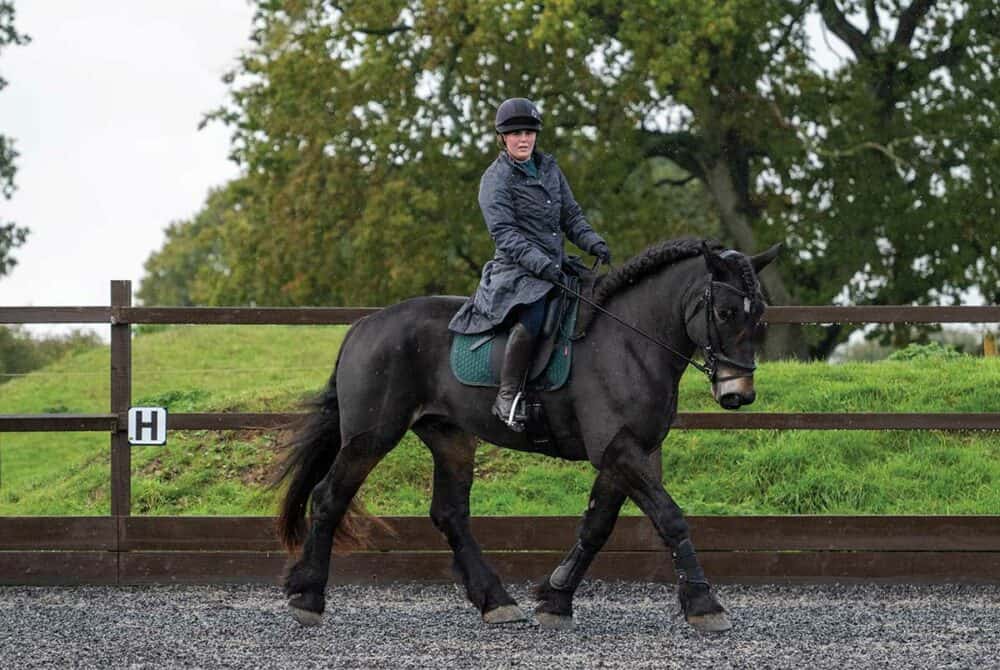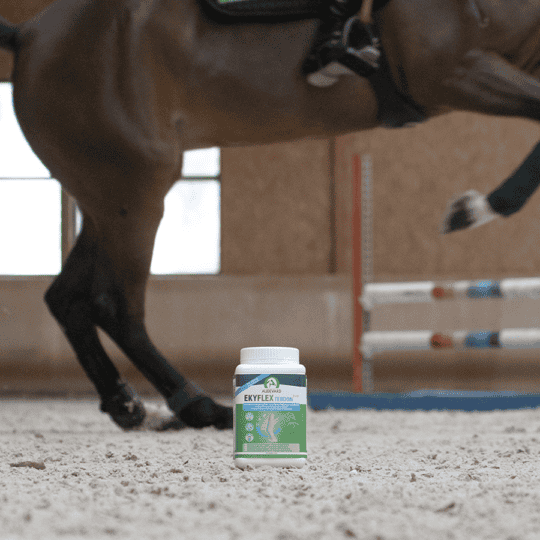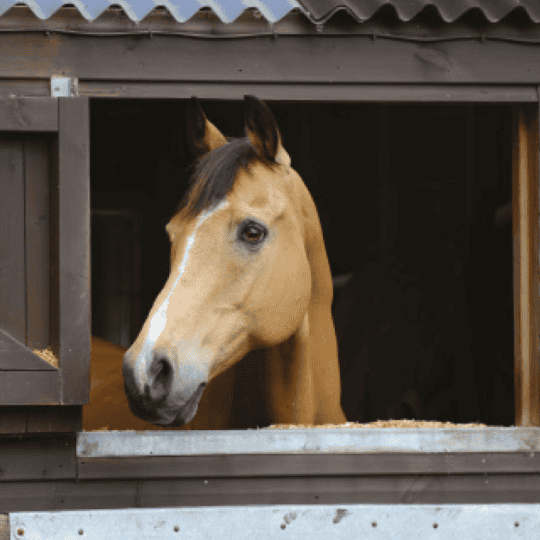Making the connection
Posted 19th December 2023
Working in a contact is vital not only for your horse’s training but for his wellbeing, too, says Tom Blazey-Standing

Whatever you like to do with your horse, and whether or not you have aspirations to compete, developing correct basic training will make riding more enjoyable for you and your equine. In this new series, I’ll look at some of the most common flatwork issues I see when coaching, and give you a few helpful pointers to resolve them.
This issue, we’re looking at contact. If you struggle to establish or maintain a consistent contact with your horse it can feel like trying to navigate a wheelbarrow with a flat tyre – heavy, unbalanced and frustrating. Resolve the issues and, when your horse accepts the contact, he’ll be working correctly from the hindleg, over his back and into your hand, giving you a responsive, refined ride whether you’re hacking, schooling or jumping. So, let’s explore why we aim to ride in a contact, reasons your horse may resist and what you can do to help.
Start the conversation
In essence, when your horse accepts the contact, his body becomes rounded, with his hindlegs underneath him and his face perpendicular to the ground, parallel to your body. This enables even development of topline muscles, which is crucial for long-term health because a horse who’s weak in his core and over his back will load parts of his body in a way that can make him more injury-prone.
It’s good to talk
Think of your contact as a conversation between you and your horse that gets quieter or louder depending on what’s required at any given moment.
The ongoing conversation needs to be clear, concise and productive. When it’s not, it’s important to work out why…
- A confused horse may not understand what’s being asked of him, so are you using your aids correctly and at the right time? Going back to basics can eliminate confusion.
- Working correctly into a contact is demanding, and sometimes your horse may refuse on that basis. Add transitions and shapes to keep him switched on and to break up the session.
- Resisting the contact can indicate pain or discomfort, especially if it’s come on suddenly. It’s worth having your horse’s teeth, back and tack checked.
Did you know?
The contact starts when your horse moves forward freely and willingly from your leg, with enough impulsion to engage his quarters and work over his back. If his neck is rounded and there’s a softness to the rein, you’re on the right track.
Discover exercises and top tips for building a connection and consistent contact in February Horse&Rider – on sale now!











